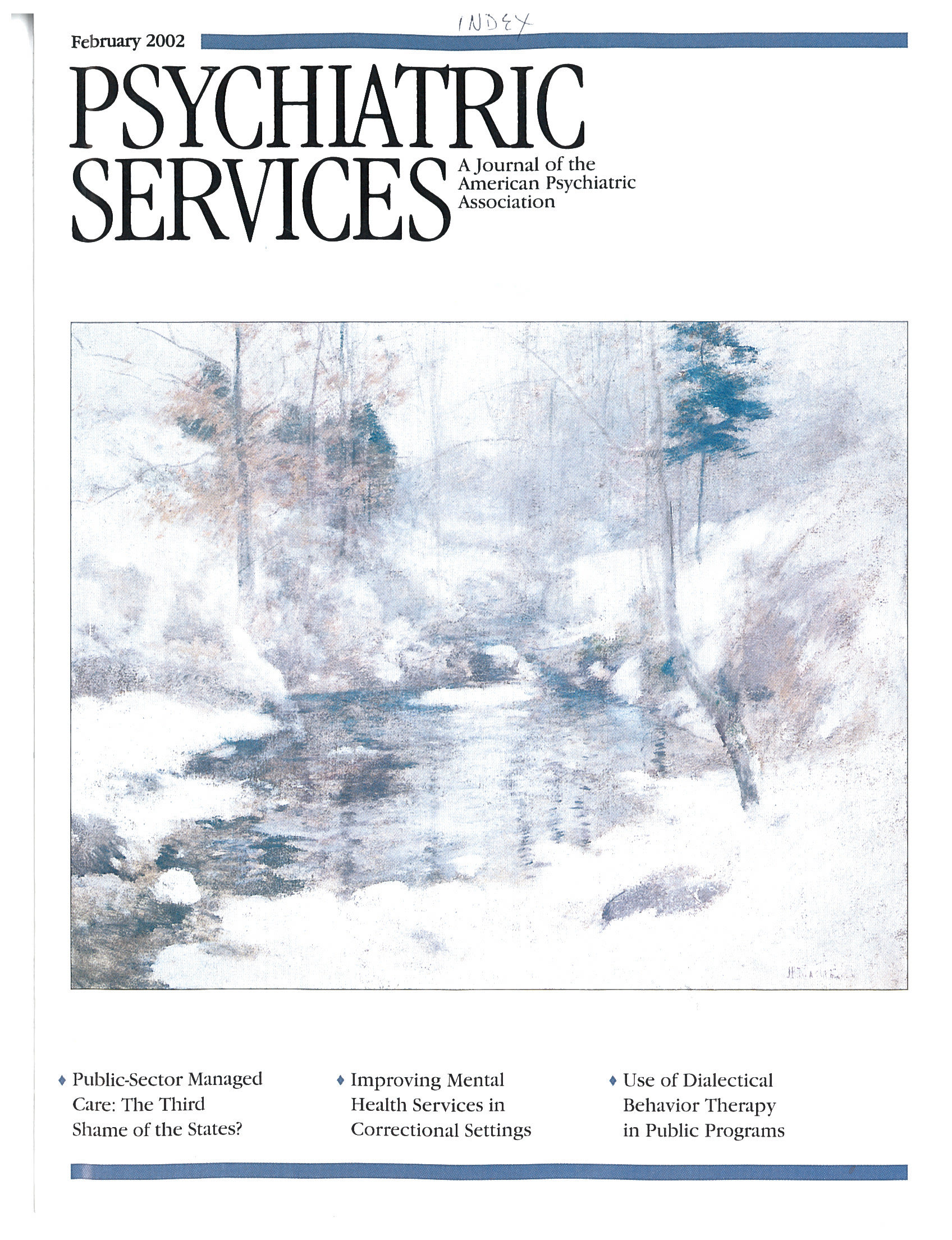Symptoms and Deviant Behavior Among Eight-Year-Olds as Predictors of Referral for Psychiatric Evaluation by Age 12
Abstract
OBJECTIVE: This study examined whether psychiatric symptoms and deviant behavior among eight-year-old children predicted referral for a psychiatric consultation by age 12. METHODS: A total of 1,268 children in Finland were assessed at age eight and again four years later. Three questionnaires—the Rutter A2 Scale for parents, the Rutter B2 Scale for teachers, and the Children's Depression Inventory (CDI)—were used at both time points. Other variables were socioeconomic status, family structure, and residence in an urban, rural, or semirural environment. One-way analysis of variance was used, and risk ratios were calculated to assess the extent to which children who were later referred for evaluation or for whom referral was considered were likely to have had scale scores in the deviant range at age eight. RESULTS: Only 3.3 percent of the children had been referred for an evaluation by age 12. Referral had been considered for another 2.9 percent of the children. The deviance scores of the referred children and those considered for referral were significantly higher on all scales at both time points. When the analysis controlled for gender and the other variables, the referred children were more likely than those not referred or considered for referral to have had high scores four years earlier on the teachers' scale and on the CDI. Children considered for referral were more likely than those not referred or considered for referral to be male and to have scored high on the CDI four years earlier. CONCLUSIONS: Psychiatric problems of younger children predict referral for psychiatric evaluation years later.



